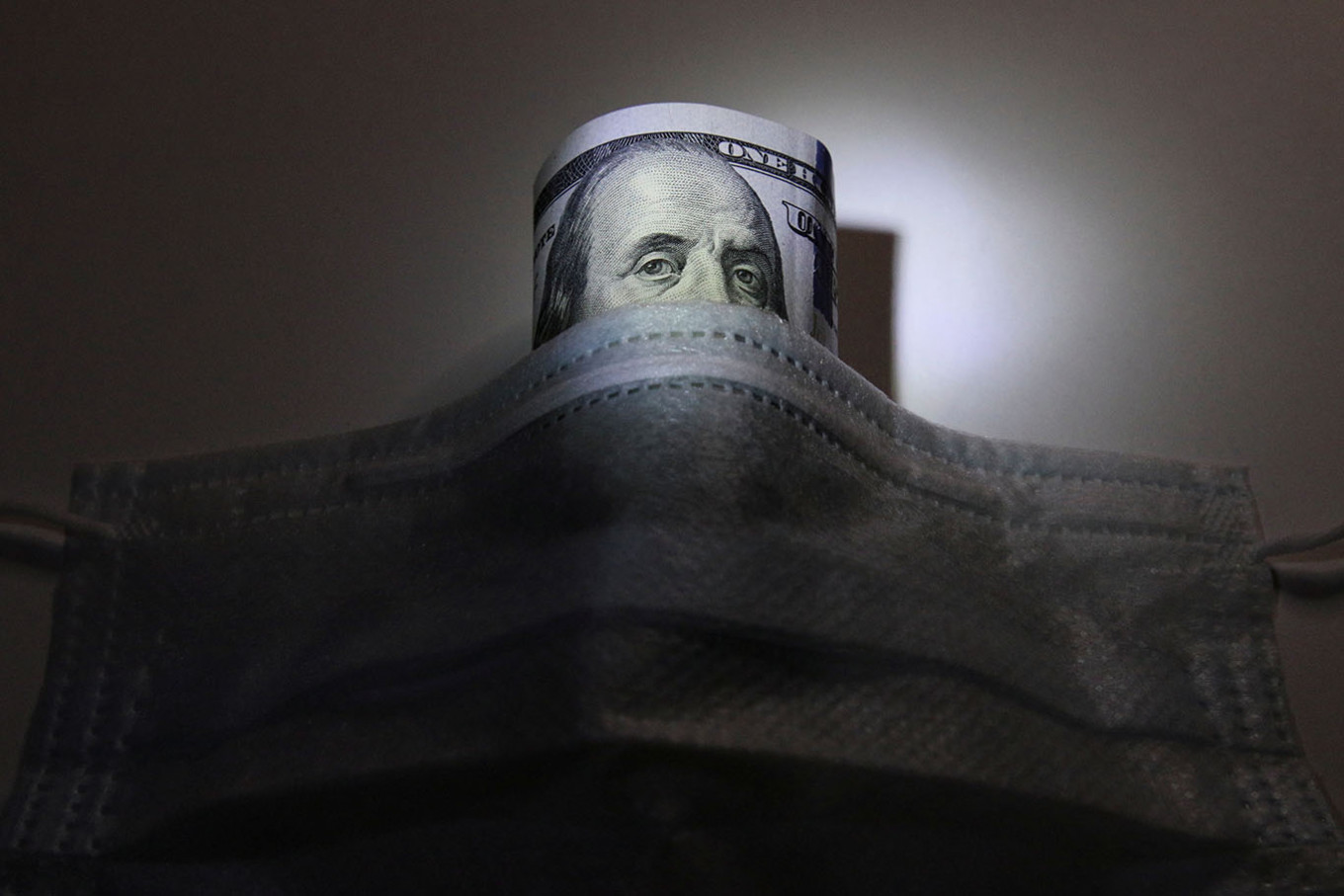Popular Reads
Top Results
Can't find what you're looking for?
View all search resultsPopular Reads
Top Results
Can't find what you're looking for?
View all search resultsIndonesia debt growth slows in Q1 as foreign capital retreats
The country’s external debt, which includes borrowing by both the government and the private sector, was recorded at US$389.3 billion, a growth of 0.5 percent year-on-year.
Change text size
Gift Premium Articles
to Anyone
I
ndonesia’s foreign debt growth slowed down in the first quarter as foreign investors sold off Indonesian assets over fears of the COVID-19 pandemic, Bank Indonesia (BI) announced Friday.
The country’s external debt, which includes borrowing by both the government and the private sector, was recorded at US$389.3 billion, a growth of 0.5 percent year-on-year (yoy). That represents a slowdown in the annual growth rate from 7.8 percent at the end of the previous quarter.
Government foreign debt contracted 3.6 percent to $181 billion in the first quarter as foreign investors sold Rp 145 trillion ($9.75 billion) in Indonesian assets during the period and flocked into safe-haven assets such as gold and US dollars. Public sector debt, including those raised by the government and the central bank, amounted to $183.8 billion.
“The decline in the government’s external debt was caused by capital outflows from the bond market, as well as payments of matured sovereign debt papers,” BI wrote in a statement.
“The management of the government’s external debt is conducted in a prudent and accountable manner to support government spending toward productive sectors to promote economic growth and improve public welfare.”
Private sector external debt, which includes those raised by state-owned enterprises, grew 4.5 percent to $205.5 billion during this year’s first three months, slower than 6.6 percent growth recorded at the end of last year.
“This is due to contraction of external debts in the non-financial institutions and slower expansion of external debt in the financial institutions,” BI said.
Private sector external debt was largely disbursed to four sectors, namely mining, manufacturing, financial services and insurance and electricity, gas and steam procurement. The sectors accounted for 77.7 percent of the private sector external debt.
The central bank deemed the overall external debt level healthy as the foreign-debt-to-gross-domestic-product (GDP) ratio was recorded at 34.5 percent by the end of the first quarter, down from the previous quarter’s 36.2 percent. Long-term loans account for 88.4 percent of the current outstanding debt.










